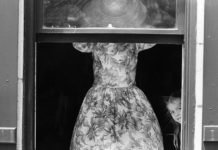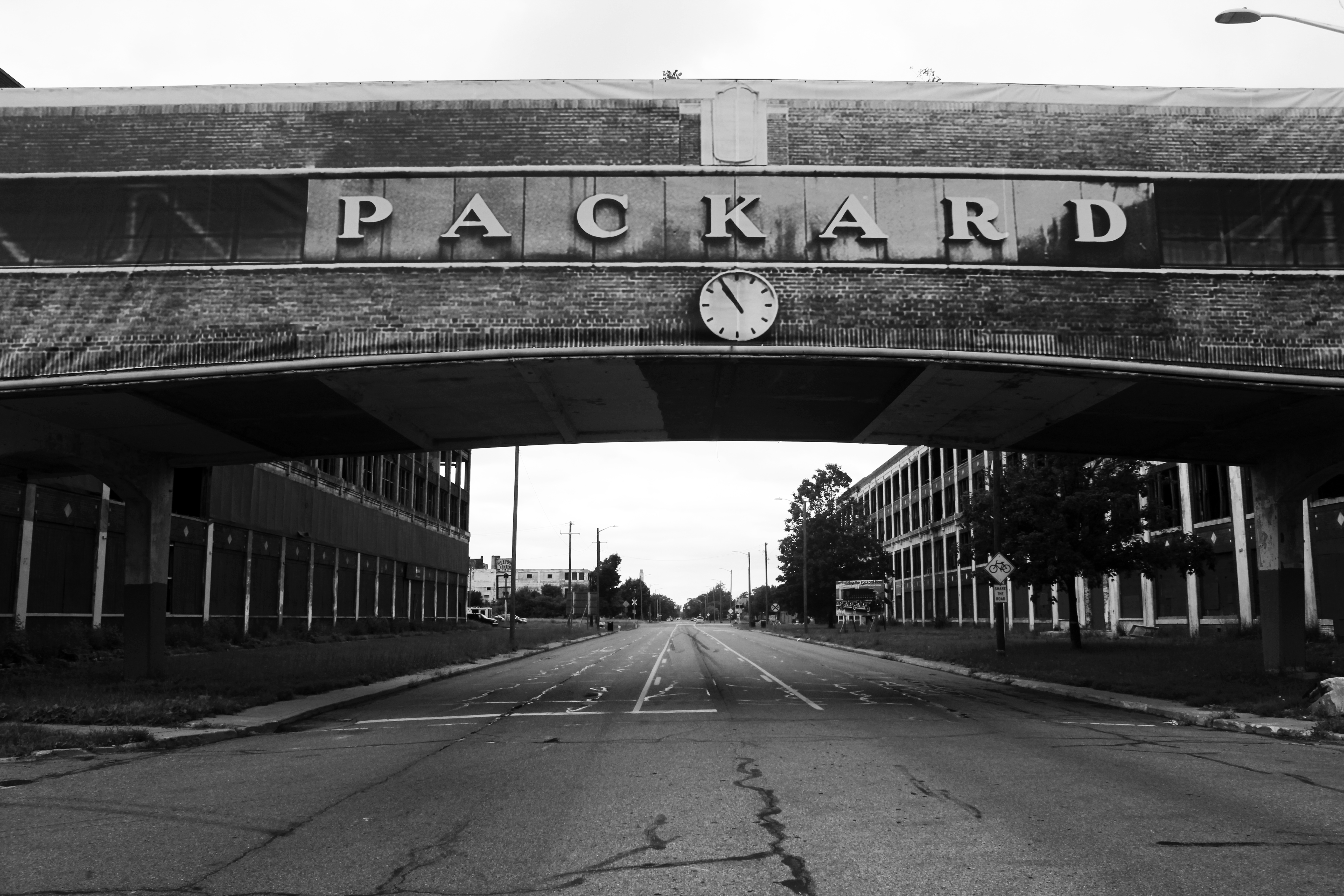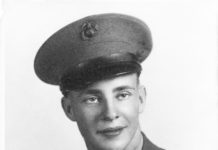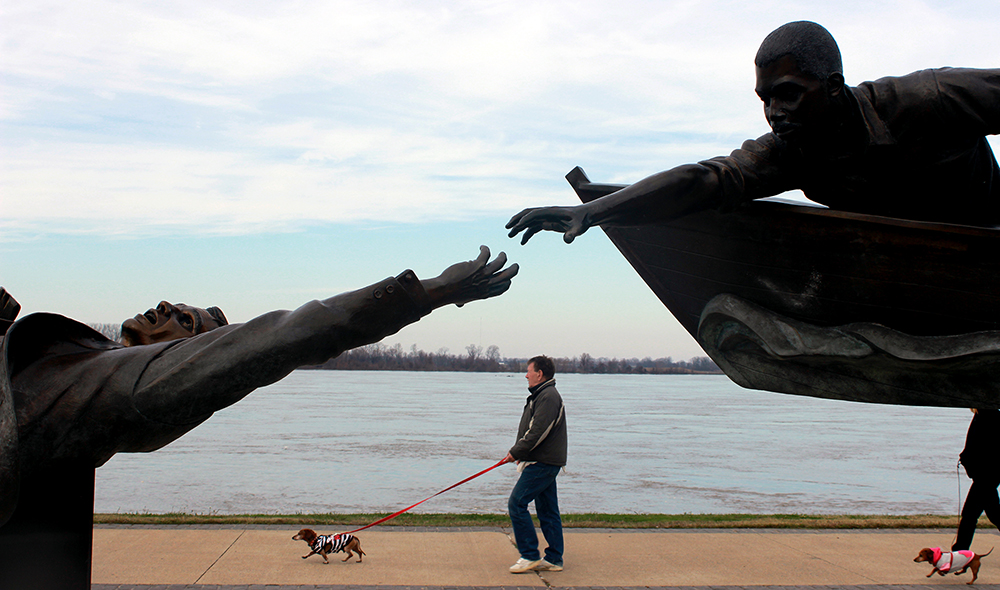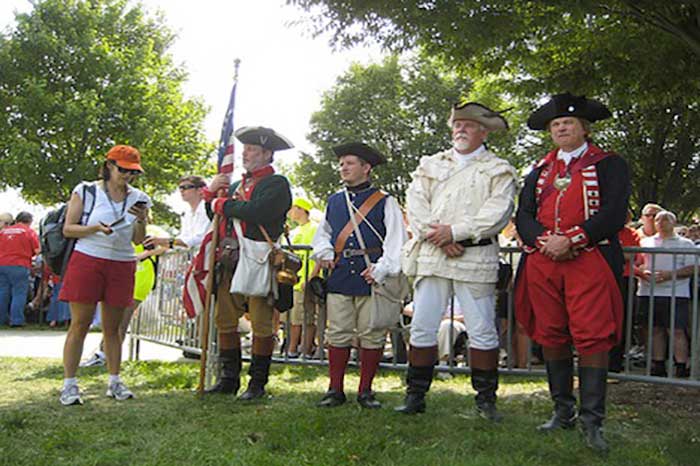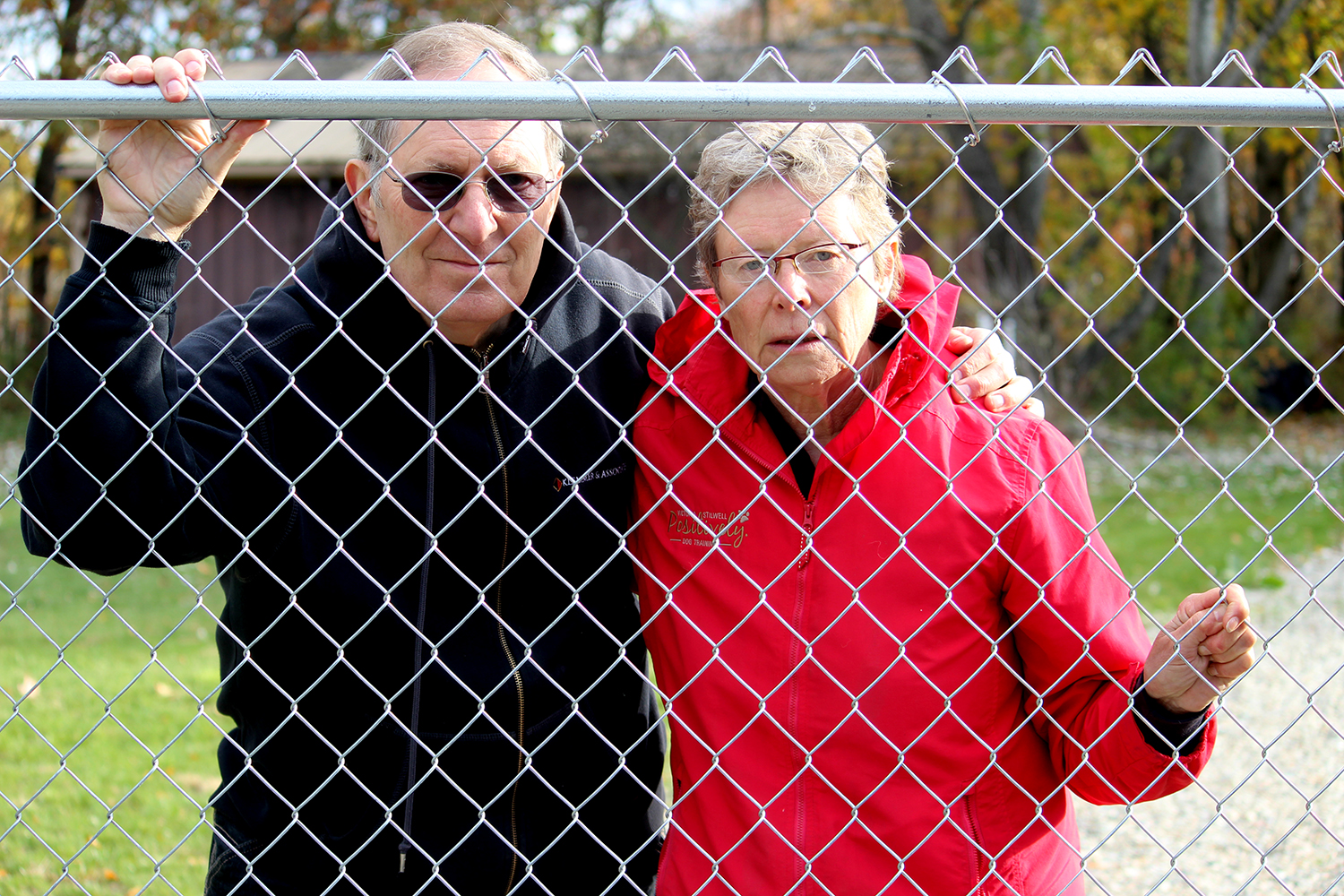Is it even possible? Can we honor the rich parts of our history without honoring slavery at the same time? Images of Charleston Church shooter Dylann Roof posing with the Confederate battle flag brought the debate roaring back to life.

As cities across the south struggle to find ways to honor their heritage Memphis is no exception. The city has been arguing for years about what to do with a downtown statue of Col. Nathan Bedford Forrest. Forrest was a highly decorated Confederate Cavalry leader and later helped start the Ku Klux Klan. In August the city council voted to move the statue to a historic cemetery. Forrest and his wife are buried beneath the monument and the city wants them gone too. So they are going to dig up their bones and move them as well.
But Memphis also has quietly set an example of one way to try and resolve the Southern Heritage dilemma.
Tom Lee was a black river worker alone in his small motorboat and the only witness when the riverboat M.E. Norman capsized south of Memphis on May 8, 1925. Time and again he navigated his boat in and out of the 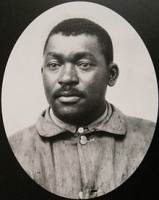
By the time he was done he saved a total of 32 people and became a Memphis hero. He went to the White House to meet President Calvin Coolidge. Survivors bought his family a house.
The inscription on the monument intended to honor Lee proclaims him “A Very Worthy Negro.” The obelisk with the best intentions became an embarrassment. After it blew over in a 2003 windstorm the city jumped at the chance to commission and erect a new and much more fitting memorial to the hero. The bronze monument by sculptor David Alan Clark shows Lee reaching out from his boat to rescue a white man desperately clinging to a piece of wood.
Memphis didn’t throw the old monument away instead the obelisk was shifted to the north end of the park. It now displays a large brass plaque that says “ERECTED 1954.”
And that is the key. Cities and other entities that have and want to display confederate symbols should be proactive and use them as educational tools to explain the inherent racism. It’s a much bigger benefit to learn from history than it is to pretend it never happened. Understanding the way things were helps us better understand the way things are today… And maybe even make them better tomorrow.





